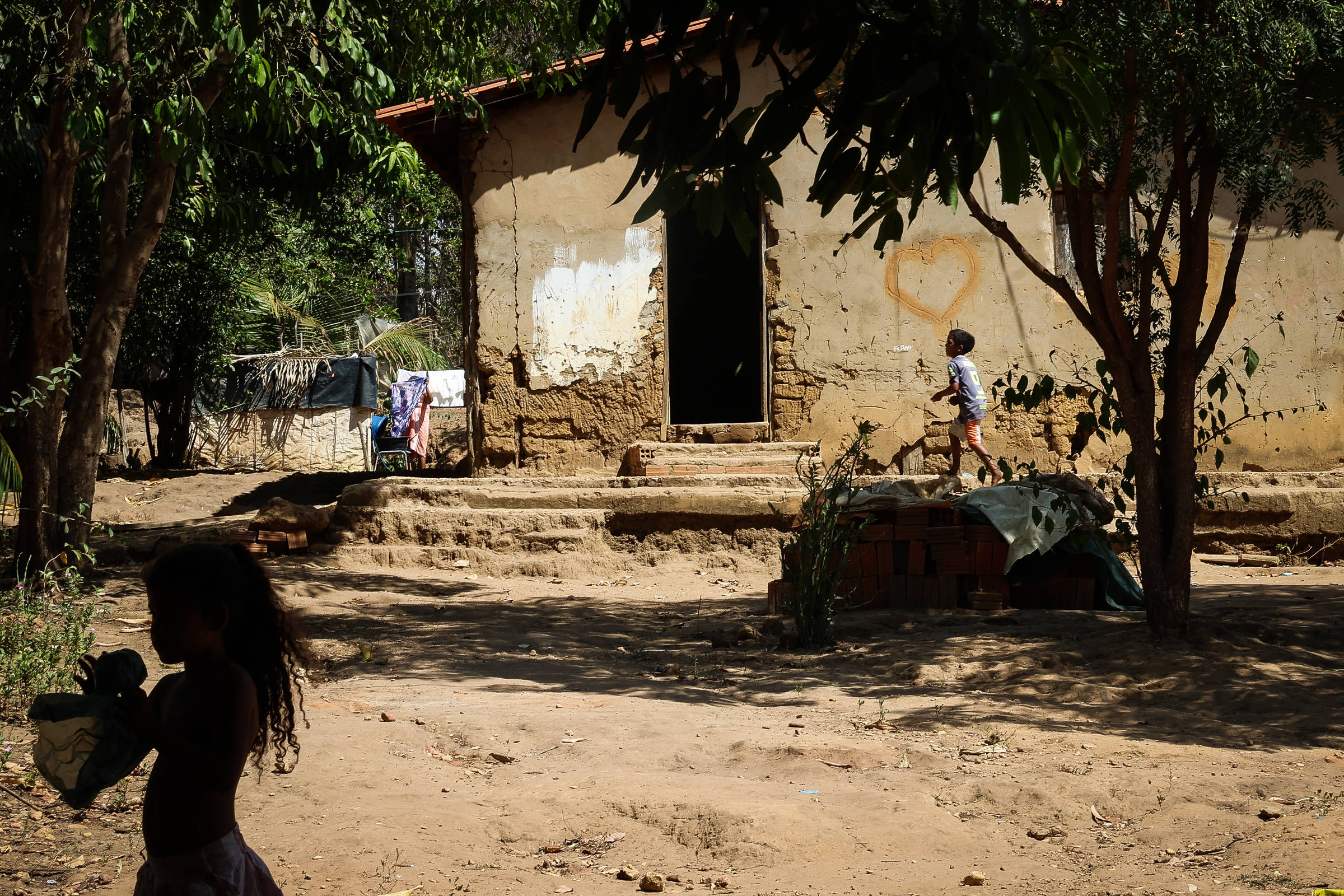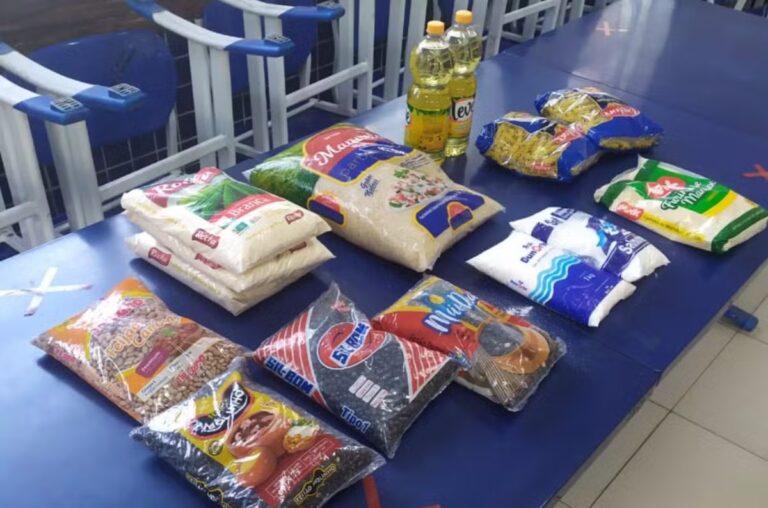
Rising temperatures could lead to record increases in deaths of children under five in Brazil in the coming decades, even though longer life expectancies are projected to reduce the child population and reduce overall mortality rates.
This is revealed in a new analysis by researchers at the London School of Hygiene and Tropical Medicine (LSHTM), in partnership with Fiocruz Bahia and supported by the Wellcome Trust. From 2049 to 2059, the impact of two carbon emission scenarios was investigated in 130 municipalities across all regions of Brazil.
This analysis is part of a report on the impacts of climate change on the health of mothers, infants and children, released in July 2025.
The average heat-related infant mortality rate is currently 1.07 per 100,000 children. In the high carbon emissions scenario (SSP5-8.5), where temperature increases are projected to be between 4°C and 5°C, the increase in child deaths could reach 87% in just 10 years, effectively doubling the rate to 2 per 100,000 inhabitants.
Even in a moderate scenario with moderate carbon emissions (SSP2-4.5) and a temperature increase of 2.5 °C to 3 °C, child deaths could increase by up to 50%. The death rate would reach 1.47 per 100,000 people.
In practice, this means that global warming could reverse some of the gains in child survival achieved in recent decades.
For researcher Any Paixan-Cruz, associate professor at LSHTM and Fiocruz Bahia researcher, the numbers point to a real and growing threat. “If nothing is done to mitigate global warming and the worst-case scenario materializes, there will be almost double the number of deaths of children under five that would be expected if temperatures did not rise.”
The analysis used temperature and mortality data from 2000 to 2019, combined with population projections from the 2010 and 2022 censuses. The model shows that the risk of infant mortality consistently increases for each degree of temperature above the already high threshold (75th percentile), with effects cumulative over up to 7 days.
Children are especially vulnerable to high temperatures because they lose fluids and electrolytes more quickly through sweating, making them more susceptible to dehydration.
According to Victor Horacio de Sousa Costa Junior, an infectologist at Pequeno Príncipe Hospital (PR), the effects of climate change are already being felt in the daily life of health services. For example, five years ago, treatment for bronchiolitis and pneumonia was concentrated between April and July. Now they occur all year round.
“Due to extreme temperature changes, we are seeing an increase in respiratory illnesses that weaken children’s immune systems. They also increase the risk of dehydration and vector-borne diseases such as dengue, Zika and chikungunya.”
Extreme temperature changes are increasing respiratory diseases by weakening children’s immunity. There is also an increased risk of dehydration and vector-borne diseases such as dengue, Zika, and chikungunya.
Willian Cabral, a researcher at the Pensi Institute, explains that the heatwave and pollution are having a direct impact on emergency rooms. “We found that days with high air pollution were associated with more hospital visits for respiratory illnesses.”
The study also shows significant regional variation. Historically more vulnerable municipalities in the north and northeast are expected to be more affected than those in the south and southeast. Much of this disparity is explained by differences in sanitation, housing, and access to health care.
Renato Kuffori, pediatrician, infectious disease specialist and ambassador of the Clima movement at Instituto Ar, emphasizes that climate affects poor children most of all.
“When droughts and extreme events hit vulnerable populations, schools and health centers become inaccessible, vaccines don’t arrive, and food doesn’t arrive. Children are more susceptible to dehydration, which affects growth, nutrition and even cognitive development.”
He also points out that fires and pollution worsen respiratory diseases and change the seasonality of viruses such as influenza and respiratory syncytia (which causes bronchiolitis), which are already circulating unseasonally.
Although this scenario is alarming, researchers stress that it is not inevitable. The difference between a 50% increase in child deaths and an 87% increase will depend on political and economic choices in the coming years.
For Marcia Carbone, executive director of Infinis (Instituto Futuro é Infância Saudável), the central point is recognizing that Brazil is highly unequal and that children are affected very differently in different regions.
Therefore, she says, policies need to be data-based and target the most vulnerable children. Homes, day care centres, basic health facilities and leisure spaces must adapt to heatwaves, flooding and vector-borne virus outbreaks.
Victor Viana emphasizes the need to train health professionals and strengthen primary care. “Early identification of dehydration, heat exhaustion and exacerbation of respiratory illness is critical. Investment in sanitation and potable water is essential to reduce dehydration and diarrhea.”
Kufouri added that there is a need to improve ventilation in schools, expand open spaces and green spaces, and advance pollutant reduction policies. “Those who suffer the most are those with less access to health services, food, vaccines and treatments. Climate and health must go hand in hand.”
According to the study, measures such as strengthening climate mitigation policies, expanding heat wave warning systems and adapting public health networks could significantly reduce risks.
“Even with advances in medicine and infrastructure, extreme heat will continue to pose an increasing threat to the survival of children in Brazil. The challenge is to act now to prevent future conditions from becoming even hotter and more deadly for children,” the researchers said in their published text.
The public health project is supported by Umane, a civil society organization aimed at supporting initiatives aimed at improving health.



